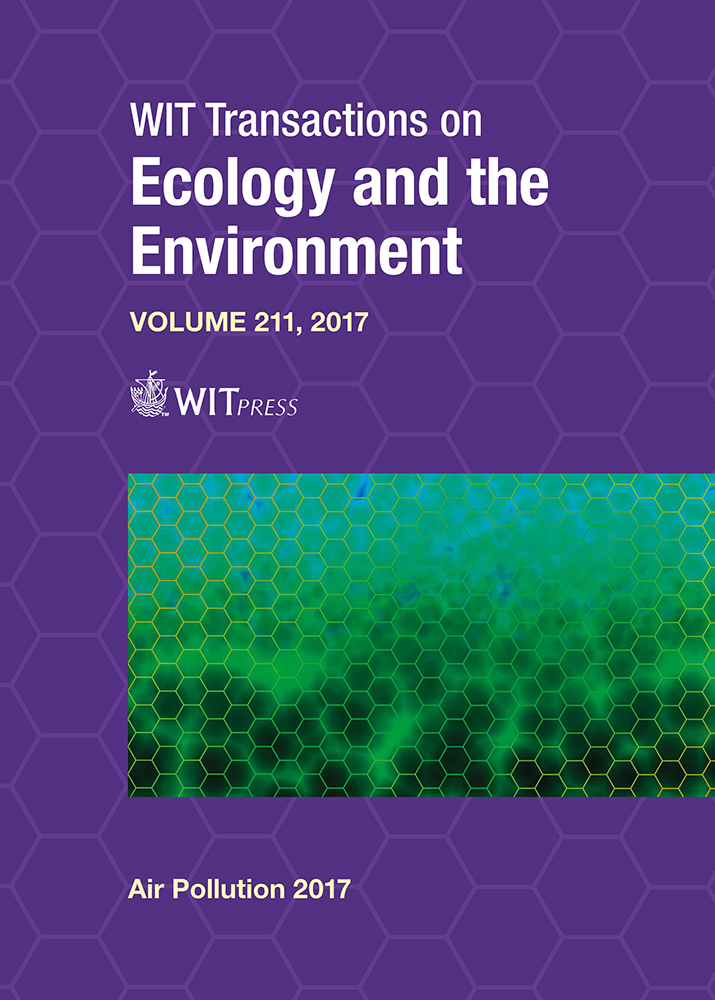EMISSION FACTOR ASSESSMENT FOR TWO FIREWOOD STOVES
Price
Free (open access)
Transaction
Volume
211
Pages
12
Page Range
171 - 182
Published
2017
Size
1,078 kb
Paper DOI
10.2495/AIR170171
Copyright
WIT Press
Author(s)
RITA STURMLECHNER, HARALD STRESSLER, MANUEL SCHWABL, GABRIEL REICHERT, ELISA CARLON, WALTER HASLINGER, CHRISTOPH SCHMIDL, ALEXANDER WEISSINGER
Abstract
This study analyses the emission factors of two firewood room heaters under testing conditions which emulate real life operation. A 6.5 kW stove with low heat storage capacity and high leakage rate (stove A) is compared with an 8 kW air-tight stove with high heat storage capacity (stove B). Thermal efficiency, carbon monoxide (CO) and organic gaseous compound (OGC) emissions, as well as the thermal heat losses (THL) during cool down phase were investigated in a series of laboratory tests. Furthermore, the influence of closing the air supply dampers at the end of the heating cycle was evaluated. Test results for the whole test cycle (including cool down phase) showed that stove A had CO emissions of 2633 mg/MJOutput and OGC emissions of 203 mg/MJOutput, while stove B had CO emissions of 2408 mg/MJOutput and OGC emissions of 109 mg/MJOutput, when air dampers were closed. It was also found that user behaviour has a critical influence on the stoves’ performance. Closing the air supply dampers at the end of the stove operation improved the efficiency by up to 5.0 percentage points. Furthermore, the duration of the cool down phase increased, as well as CO and OGC emissions decreased. As a matter of fact, measures to improve the user behaviour as for example user trainings and accurate manuals are of major importance in order to decrease emissions and increase efficiency of domestic heating appliances. Moreover, real life emission factors of other technologies should be established in order to develop a database which can be applied in air quality dispersion models.
Keywords
combustion, firewood, room heater, emission factor, thermal efficiency, thermal heat losses, heat storage capacity, user influence, real life





